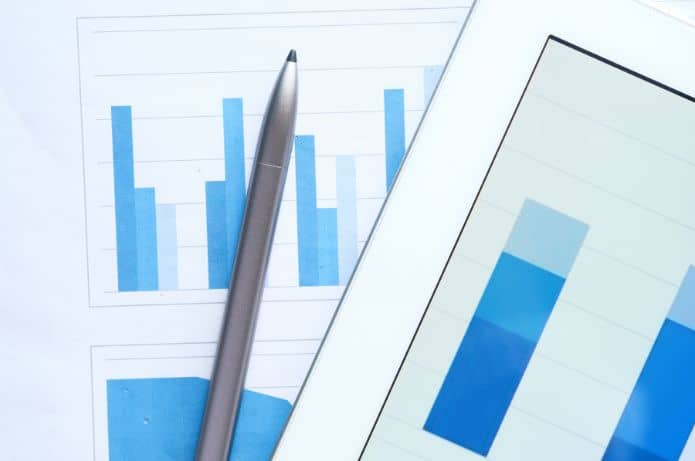Social networks play a decisive role in the popularization of nostalgic products, according to research carried out byMission Brazil, the largest rewarded services platform in the country.The study reveals that 92.3% of respondents perceive the direct influence of digital content on vintage product consumption. Of these, 38.7% consider the impact of social media significant, 34.6% feel some influence, and 19% say they are little affected. Only 7.62% claim not to be influenced.
The study, which surveyed over 400 people, also indicates that 62% believe technology is a decisive factor in the consumption of nostalgic products, while 38% disagree with this statement. According to Julio Bastos, CCO of Mission Brasil, platforms like Instagram, TikTok, and YouTube are powerful engines in spreading these consumption trends, especially when it comes to nostalgic items. "These networks are designed to highlight viral content, so, as nostalgia and past trends are in high demand, the algorithms of these social networks end up 'recommending' such content, creating a spiral where what was already popular in the past is amplified again," he explains.
Millennials and Gen Z drive the vintage phenomenon
The research highlights that most consumers of nostalgic items belong to generations Y (millennials, born between 1981 and 1996) and Z (born between 1997 and 2012), representing 50% and 43% of the audience, respectively. For Bastos, digitalization has made these references more accessible. Today, anyone can revisit or even reimagine a style, a song, or an aesthetic from the 90s and 2000s, for example. This makes brands especially attentive to these consumption patterns and how to bring trends, and even products from such periods, to light that may arouse consumer interest.
Nostalgia and consumption: video games and fashion lead preferences
The survey data still shows that the influence of social networks on the consumption of nostalgic items directly reflects consumers' choices. Video games appear at the top of the list of most purchased vintage products, with 25% of responses, followed by clothing (22%), food and beverages (17%), candies and chocolates (10%), and board games and toys (8.5%). Footwear and cell phones each account for 4% of the recommendations, while magazines/books and makeup follow closely with approximately 3% and 2.5%, respectively. Finally, cameras (2%), bags (1%), and glasses (1%) complete the list.
In addition to the most consumed categories, the survey indicates that product design is the most attractive factor for those seeking nostalgic items, cited by more than 35% of respondents. The brand's history also influences the purchase decision, with 24% of mentions, while functionality and exclusivity appear as relevant factors for 23% and 15% of consumers, respectively. Other unspecified reasons are cited by nearly 2% of people.
Emotional connection strengthens retro trend
The study reveals that the main motivation for consuming vintage products is related to emotional memory. The connection to a happy memory leads the ranking of motivations, cited by 42% of respondents. Next, there is the emotional bond with the brand, at 22.9%, and the feeling of comfort and closeness, mentioned by 20% of the participants. Already, 7.62% claimed that they seek to stay updated with a trend, while 6.9% said that the main factor is the feeling of belonging to a group or period.
For Bastos, the revival of references from the past goes far beyond a passing fad; "nostalgia marketing, although fueled by digitalization, is primarily driven by the desire for emotional connection with experiences that marked generations," explains the CCO.He concludes by saying that "the brands that understand this movement and incorporate nostalgic elements authentically are able to create products and campaigns that are highly engaging today."













